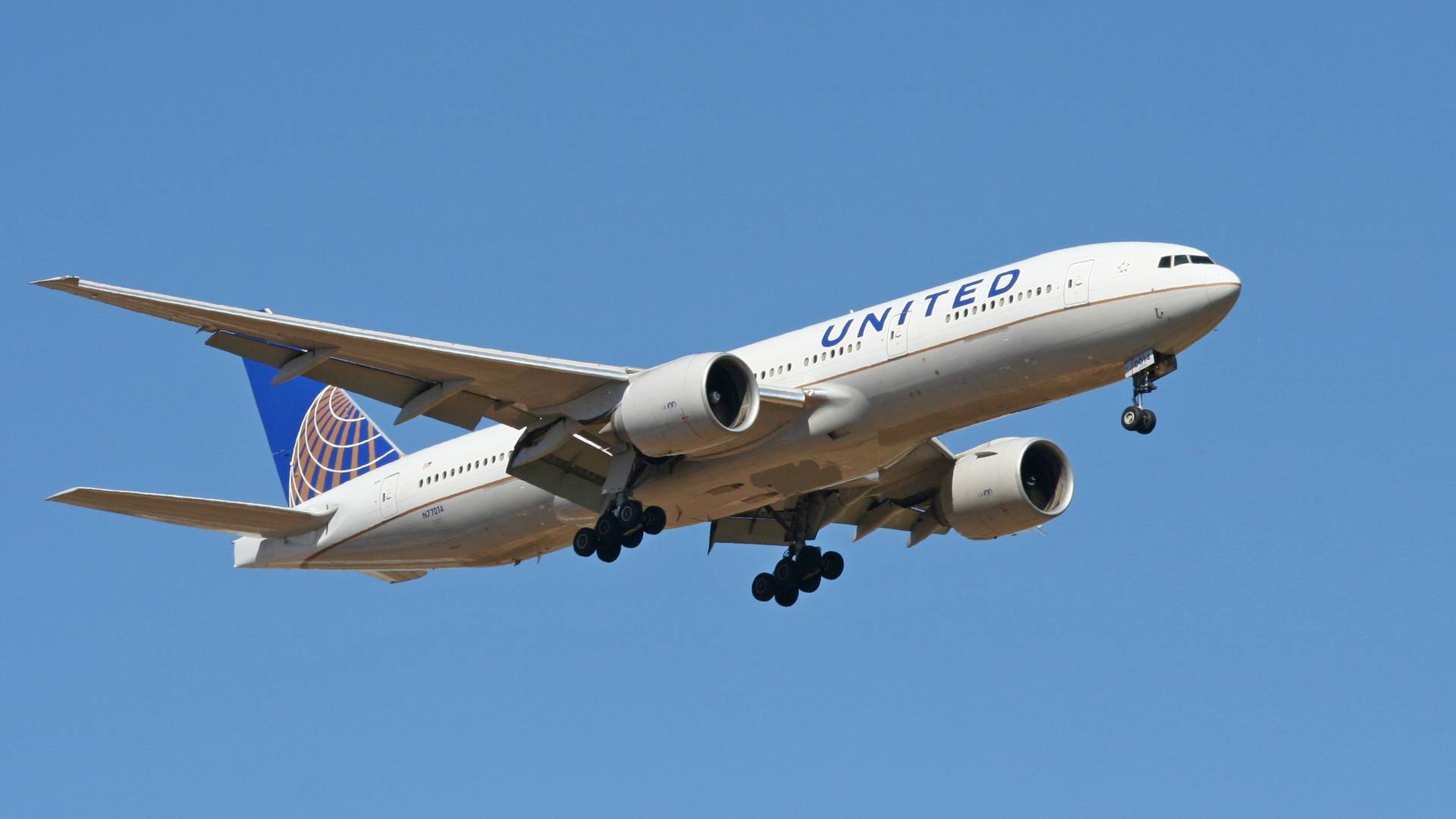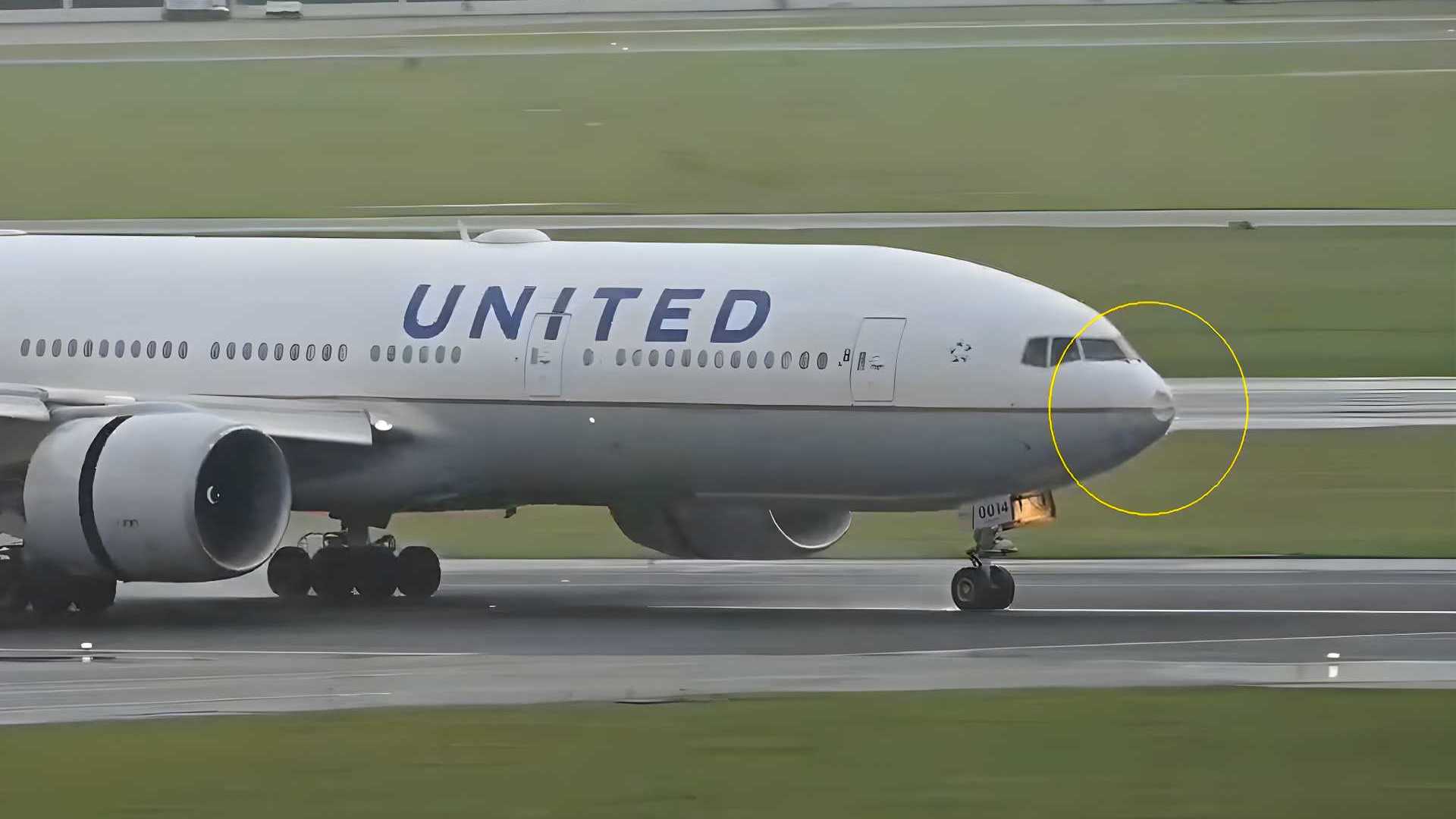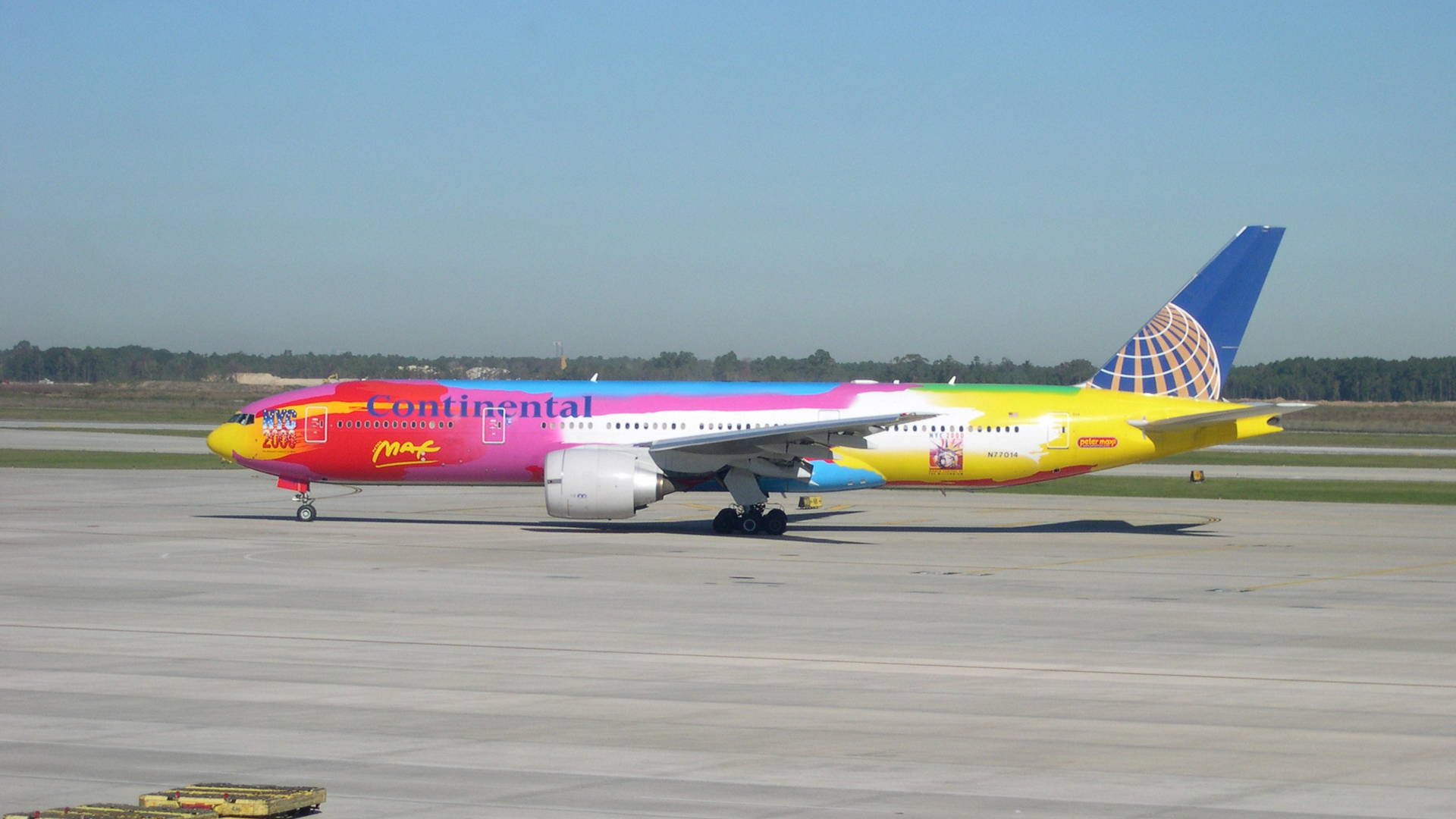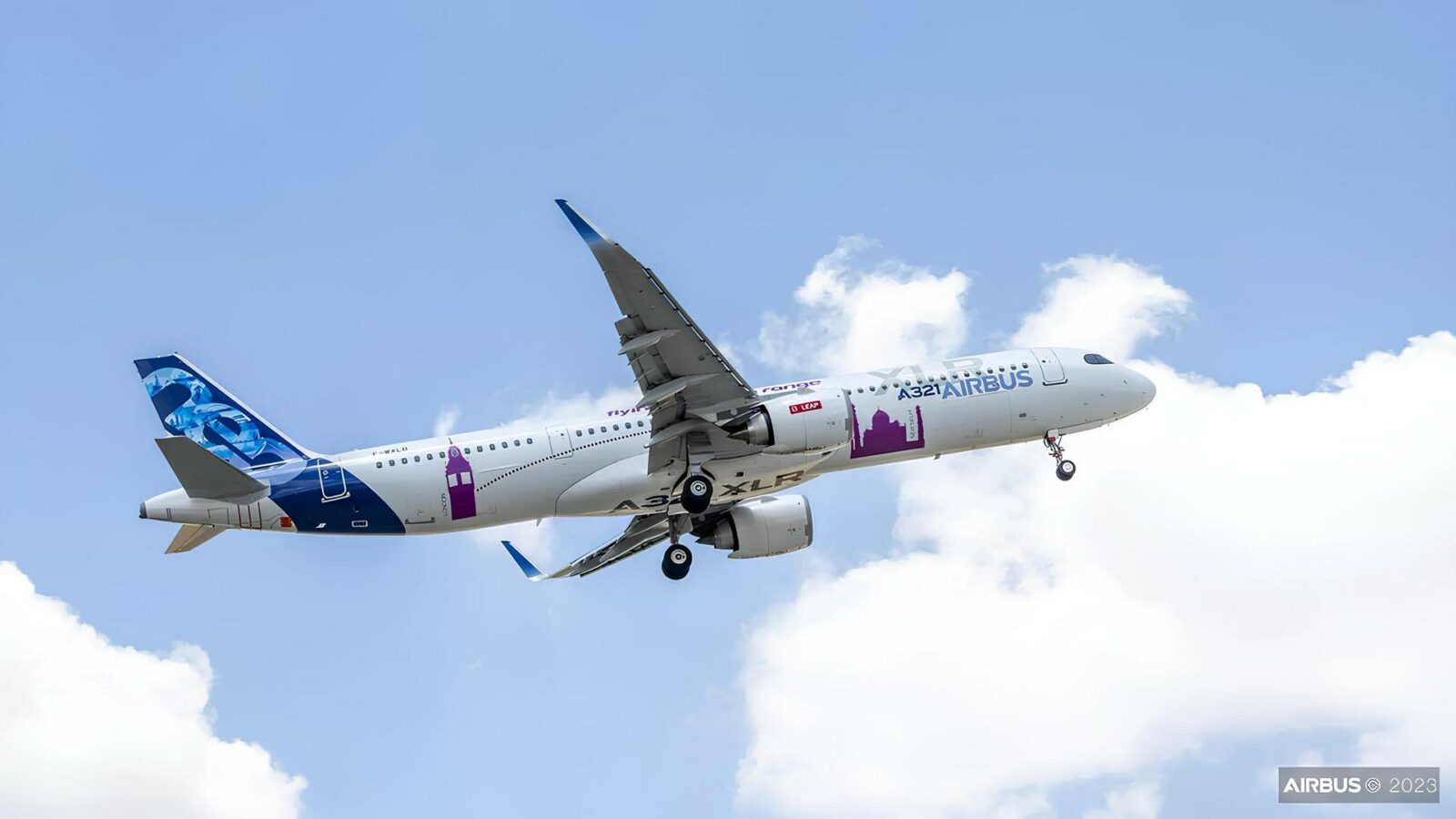A United Airlines flight crew had to return to their origin airport after a bird strike damaged the radome on the nose of their Boeing 777.
This incident happened on Friday the 22nd of December this year. It involved United Airlines Flight UA-21, departing from Amsterdam Schiphol Airport (EHAM) in the Netherlands. The flight’s destination was Houston George Bush Intercontinental Airport (KIAH) in the United States.

The airline performs this flight daily, departing from Amsterdam at 10:20 AM local time. United typically uses a 777 for this rotation, which was the case on the day of this bird strike. We don’t know how many passengers and crew were on board.
The aircraft lined up for departure about 25 minutes behind schedule, on Schiphol’s runway 36L. But after taking off, the United 777 flight crew stopped their climb initially at 6,000 feet, following a bird strike.

United 777 Crew Deals With Bird Strike
The United crew later climbed to 7,000 feet and headed out over the North Sea, reportedly in order to dump fuel. It is not clear if the bird strike caused any more damage on the United 777, beyond its nose cone. This radome (short for “radar” and “dome”) covers the weather radar of modern airliners.
After dumping fuel, the United flight crew climbed to 8,000 feet, as they set up an approach into runway 27, back in Amsterdam. They landed safely, after spending around one hour and 20 minutes airborne. The airline canceled the flight, booking its passengers onto other flights.

Then on the afternoon of the 23rd of December, the aircraft departed as a non-revenue flight (UA-3048), heading for Houston, where it landed safely. As of this writing, the airline seems to intend to return it to service, late on the 24th.
This suggests that the damage that the aircraft suffered wasn’t too serious. The aircraft involved in this bird strike is a 24-year-old Boeing 777-200ER, with tail number N77014. Its first operator was Continental Airlines, entering service in 1999. Continental merged with United in 2010.




4 comments
Iskender Kutlucinar
Glad the bird that big didn’t get into the number 2 engine, that would make the pilots in very busy for reading the check list, maneuvering the plane to approach with correct flight path. Also can’t use reversers! They are all luck to land normally.
Fred
Was it not minor damage just a dent? Couldn’t it continue his flight , I never like all the fuel being spread in the sea.
Sam
I didn’t expect the birds to actually dent the nose
Igor Griffiths
The radome is RADAR transparent, which requires it to be made of a fiberglass type laminated material this has the effect of making the results of impact damage a greater cause of concern than impacts on metal due to splintering or separation of the material layers